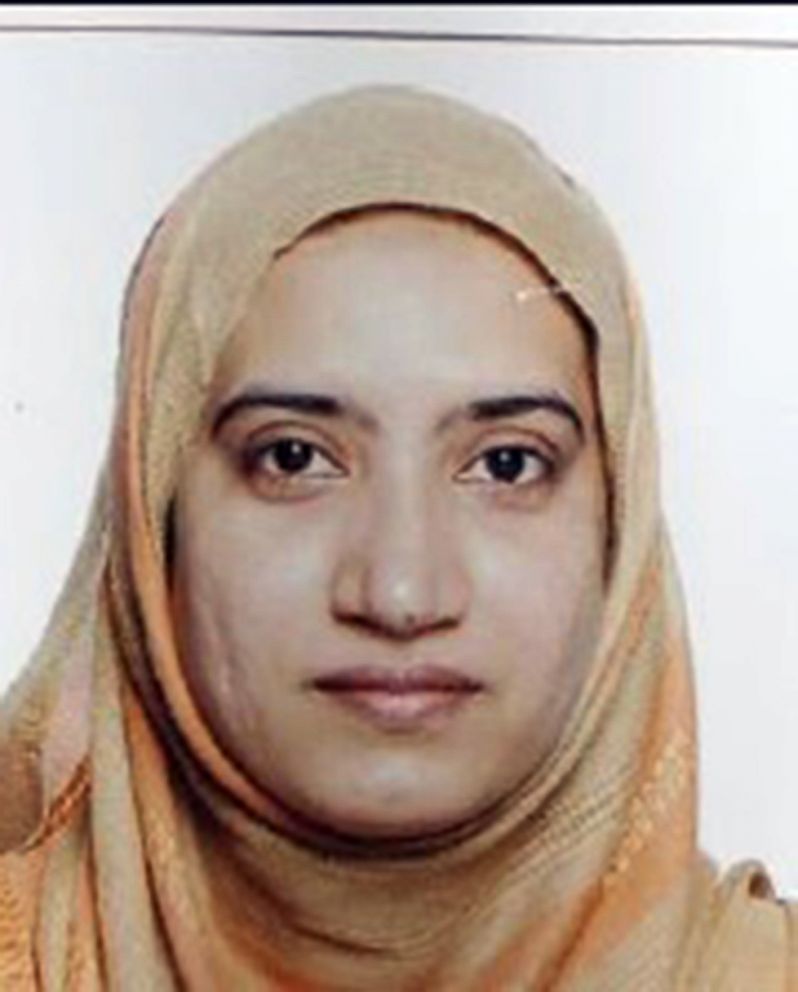Women are rarely active shooters, data show
Women are involved in active shooting incidents far less than men.
The number of female shooters in the U.S. pales in comparison to their male counterparts, making Tuesday's shooting at the YouTube headquarters stand out.
While active shootings occur in the U.S. on a monthly, weekly, or sometimes daily basis, the instances where women were the ones pulling the trigger happen just once a year, data show.
According to FBI data that looked at active shooter incidents from 2000 to 2016, there were a total of nine instances were a woman was either the sole shooter or a secondary shooter along with a male accomplice.
Of the 160 active shooter incidents that occurred between 2000 and 2013, six were committed solely or in part by women, the FBI found.
For active shooter incidents from 2000 to 2016, three of the shooters were female and all acted alone, FBI data showed.
More recently, the U.S. Secret Service released a report in March of this year examining the 28 mass attacks that took place in the U.S. in 2017. These incidents were not limited to active shooting incidents, though 82 percent of the attacks involved firearms. All of the attackers were male.
John Cohen, a former acting Homeland Security undersecretary and now an ABC News consultant, has been studying mass casualty attacks for years and said that the YouTube attacker is unique.
"It's not unheard of but it is unusual," he said of female shooters. "The overwhelming majority of those attacks have been conducted by men. It's unclear to me why men are more prone to conducting attacks as women but there have been instances where women are the attackers."
Former FBI agent and ABC News contributor Brad Garrett thinks that traditional gender roles play a factor in the gender gap.
"Historically ... females have been in the passive role in crime," Garrett said on "Good Morning America" today. "In other words they might drive the vehicle, they might move things around, they might hold the money, but now they've become more mainstream and actually participating in violent crime."

Other recent examples of female shooters include the December 2015 shooting in San Bernardino, California, that killed 14 people by a husband-wife team and the June 2014 shooting in Las Vegas by another husband-wife duo.
"We have seen an increase in women engaged in suicide attacks and other attacks on behalf of terrorist groups in other parts of the world so law enforcement in the U.S. will want to determine whether we potentially are going to see an increase in these types of attacks here or whether the YouTube attack was more of an anomaly," Cohen said.

The YouTube shooter's gender "will not change a thing" as investigators continue to get more information on the suspect, Cohen said.
Garrett said that investigators are going to answer typical questions, like: "What's her motive? Where did she get the weapon? Is she alone and what are the links between her and YouTube and maybe anybody else who is attached to this crime. It appears it's only her, but that's what law enforcement is going to focus on just like they would if she were male."




